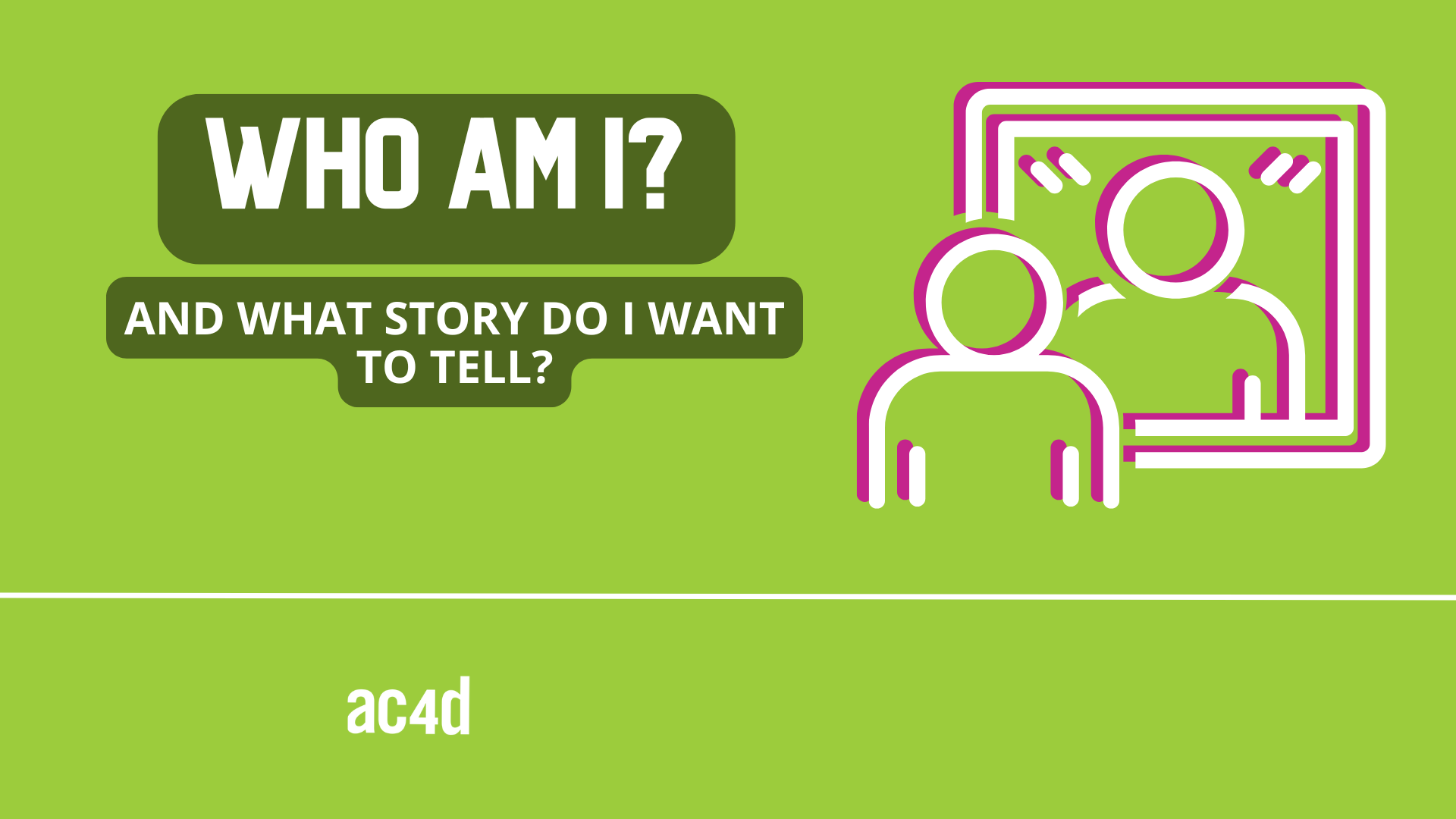Professional identity isn’t separate from who we are—our most compelling career stories come from authenticity. This guided self-reflection workshop helps you define what makes you unique in professional spaces. Whether refining a resume, portfolio, or career direction, you’ll identify strengths, gather feedback, and develop a clear narrative about your value. By the end, you’ll gain self-awareness, confidence, and alignment with your goals. Let’s craft a story that feels true to you.
Preparation
- Duration: Min. 45 minutes
- Participants:
- Individual
- 3-5 colleagues you can request feedback from
Purpose
The goal of the workshop is to build confidence and create a foundation for resumes, one-pagers, portfolios, and interview decks. The activity is designed to facilitate self-reflection, peer input, and professional positioning.
Practicing this in Teams & Organizations:
- Create a team culture of support: An opportunity for peer-informed growth and development.
- Project kickoffs: Helps teams understand how to best work together based on individual strengths and identify areas for peer learning.
- Leadership Development: Whether you’re an individual team member or someone that leads others, emerging leaders learn to recognize personal and professional value in themselves and others.
Learning Outcomes
- Embracing personal identity in professional spaces
- How to integrate self-reflection, recognition of personal value, and peer perspective into your professional identity
- Developing awareness for different workplaces and varying expectations for professional presentation
Steps
Step 1. Why I’m Awesome (Self-Reflection Activity)
- Write several sticky notes listing what they like most about themselves (e.g., skills, traits, ways of working). Limit each sticky note to one word/trait.
- Pro Tip: No need for humility; focus on recognizing strengths.
Move on to the next step when you have at least 8-10 stickies generated.
Step 2: Get Peer Input on Why You’re Awesome
- Identify 3-5 colleagues to gather input from, specifically positive attributes they’ve experienced of you.
Move on to the next step when you’ve gathered enough input.
Step 3: Personal vs. Professional Strengths
- Review your self-reflections and peer feedback
- Pick the top five personal attributes you value most. These are your personal strengths.
- Identify the top five qualities you want to be known for in their professional field. These are your professional strengths.
Move on to the next step when you’ve taken note of the contrast between your personal and professional strengths.
Step 4: List Accomplishments
- Compile a list of personal and professional accomplishments. These could include work projects, promotions, goal achievements, milestones, or personal bests.
- Generate a broad, exhaustive list that you can later refine into your professional materials.
- Change the professional ones to green, then cluster your accomplishments with your top 5 professional strengths
- Mark your professional accomplishments in a distinct way (e.g., highlight them in green) and cluster them with your top five professional strengths.
- Pro Tip: These will come in handy when developing professional artifacts like your portfolio and resume.
Move on to the next step when you’ve captured everything you can recall from the last 2-3 years.
Step 5: Reflection on Personal vs. Professional Identity
- Looking at your personal and professional strengths, what do you notice?
- How might you present your true self? Vs. How might you fit into professional expectations?
Boost your career with AC4D’s Portfolio & Professional Practice Intensive! This 10-week course helps you craft a strong portfolio, refine your narrative, and prepare for the job search.
Learn more
Conclusion
If you’ve made it here, you might be feeling vulnerable, but also hopefully have some clarity on what authentic self-representation in your professional identity will mean for you.
By reflecting on your personal and professional strengths, you can better identify opportunities to align what you value personally with your professional aspirations. Understanding what makes you unique allows you to show up in your professional artifacts with confidence.
Continuing to take ownership of your strengths and story means:
- Revisit Your Strengths Regularly: Highlight the application of your strengths when updating your resume, portfolio, or LinkedIn. As you grow in your career, your strengths and professional identity will evolve. Continue refining how you present yourself.
- Apply This Awareness to Your Work: Find ways to exercise your strengths in projects, presentations, and team collaborations.
- Support and Recognize Others: You couldn’t have completed this self-reflection without input from others. Contribute to fostering a culture of appreciation in your work and on teams by acknowledging and celebrating the strengths of those around you.
Downloads

Who Am I? - Figma Template
Use this FigJam template to reflect on your strengths, gather peer feedback, and shape a confident, authentic professional identity.



